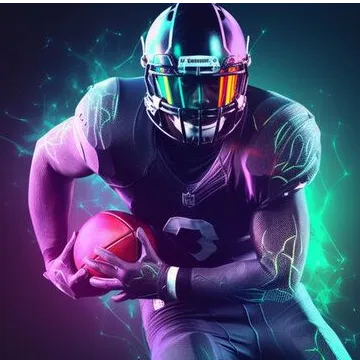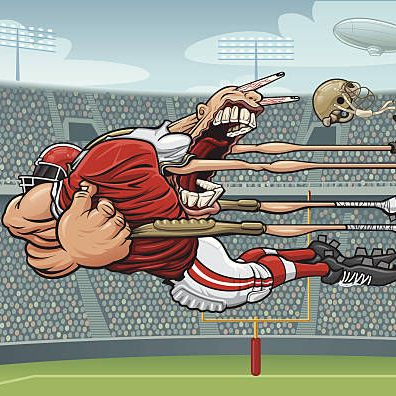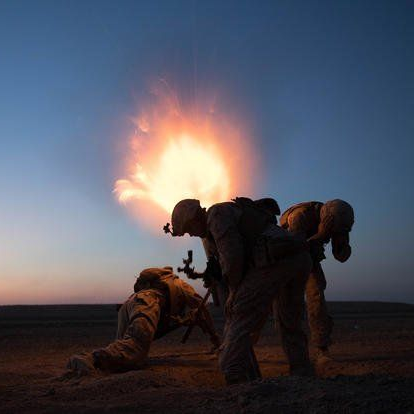Injuring an Injured Brain
By:
Dr. Carol Henricks
On
22/02/2025Summary:
What do Football players and military combat veterans have in common ? Their job puts them in line to injure an injured brain. Neurologists are concerned when a patient suffers 2 concussions within a year, but Football players and military combat veterans may suffer multiple injuries within a few hours and often on a daily basis. They have the highest rates of neurodegenerative conditions (dementia, Parkinson’s etc) in our society.s is a short two or three-sentence summary designed to help hook the reader and convince them to click. When someone finds your blog post through an online search engine like Google, they should see your blog title plus a great description that gets them to click on your link.


Military combat veterans can be injured by an up -armored vehicle mounted with heavy weapons being fired, fast roping out of a helicopter, or from a parachute deploying and jerking their head and neck, then landing on the ground “feet- ass- head”. On a mission to “clear a village” going door to door using explosive blasts with less than 6 feet stand – off. They may engage with small weapons fire. Other combat veterans fire large weapons repeatedly, many more times than is “safe”. IED’s. RPG’s. Firefights. Exposure to concussive and blast injury is extensive. Football players, despite wearing helmets, still shake their brain around inside their skull at every practice, every game. Injuries accumulate.


Veterans and players continue to injure injured brains. The axonal tears, the damage to an already damaged blood brain barrier creates more serious injury diffusely at the physiological, microscopic level. Injuries accumulate and can lead to CTE (chronic traumatic encephalopathy). Routine diagnostic testing is inadequate to make the diagnosis. Head CT scans without and with contrast and Brain MRI studies, routine, without and with contrast are essentially useless in diagnosing these brain injury conditions. More sophisticated processing such as Brain MRI - DTI (diffusion tensor imaging) – NQ (Neuroquantitative analysis) without contrast and Brain quality SPECT scans (Single Photon Emission Computed Tomography) are necessary.
If the diagnosis is never made, the treatment will never be given.
Carol L. Henricks, M.D. Neurologist
Subscribe form
Join our Neurology newsletter and get expert insights on brain health, the latest treatments, and tips for overall well-being — delivered straight to your inbox.
